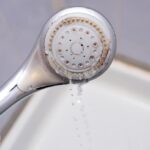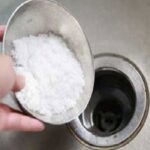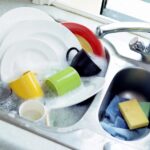Cleaning your fan without disassembling it is easy with this simple method using vinegar and dish soap.
A Simple, Effective Fan Cleaning Method Using Common Household Ingredients
Prepare Your Cleaning Solution: Start by getting a disposable bowl or suitable container. Pour in half a bowl of water.
Add White Vinegar: Mix in about three caps of white vinegar. White vinegar is a natural disinfectant and cleaner, perfect for electrical appliances.
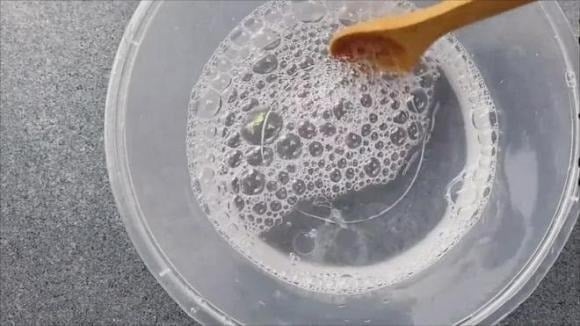
Add Dish Soap: Add a generous amount of dish soap to the mixture and give it a gentle shake about three times. The soap will boost cleaning power and help remove stubborn dirt. If desired, add a few drops of disinfectant for a fresh-smelling fan. Stir the mixture with a spoon to ensure the vinegar and soap are fully dissolved.
This method saves you time and effort by effectively cleaning your fan without the need for disassembly.
Get Spraying: Prepare a clean spray bottle and fill it with your homemade solution. Now you’re ready to start cleaning your fan.
Spray Away: Generously spray the fan blades and casing with the solution and let it soak for a few minutes. In the meantime, feel free to attend to other tasks; no need to watch over it constantly.
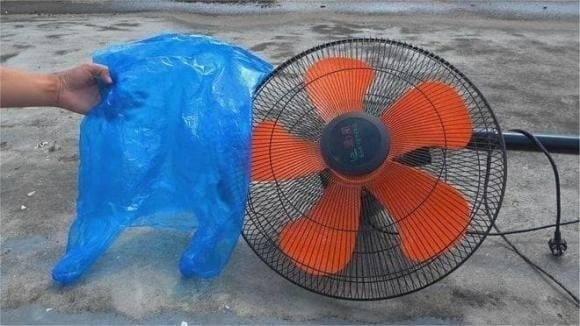
Wipe it Down: After a few minutes, take a soft cloth or cotton squares and gently wipe down the fan blades and casing to effectively remove dirt and grime.
Suck it Up: Once you’re done cleaning, use a plastic bag to cover the fan blades and casing, avoiding the motor. Turn on the fan and let it run for a few minutes. Centrifugal force will pull dust and impurities into the bag, ensuring a thorough clean.
Results: This method quickly and effortlessly restores your fan to its shiny, like-new condition. Easily maintain your fan at home, keeping your space cool and comfortable, especially during hot summers. Give it a try and keep your fan in tip-top shape!
The Showerhead is Dirtier Than a Toilet: Expert’s Guide to 5 Easy Cleaning Methods
For an efficient and thorough clean, it is recommended to disassemble the showerhead and clean each component individually. Ensure that all parts are completely dry before reassembling. This meticulous approach ensures that any built-up dirt or grime is effectively removed, maintaining optimal performance and water flow.

























